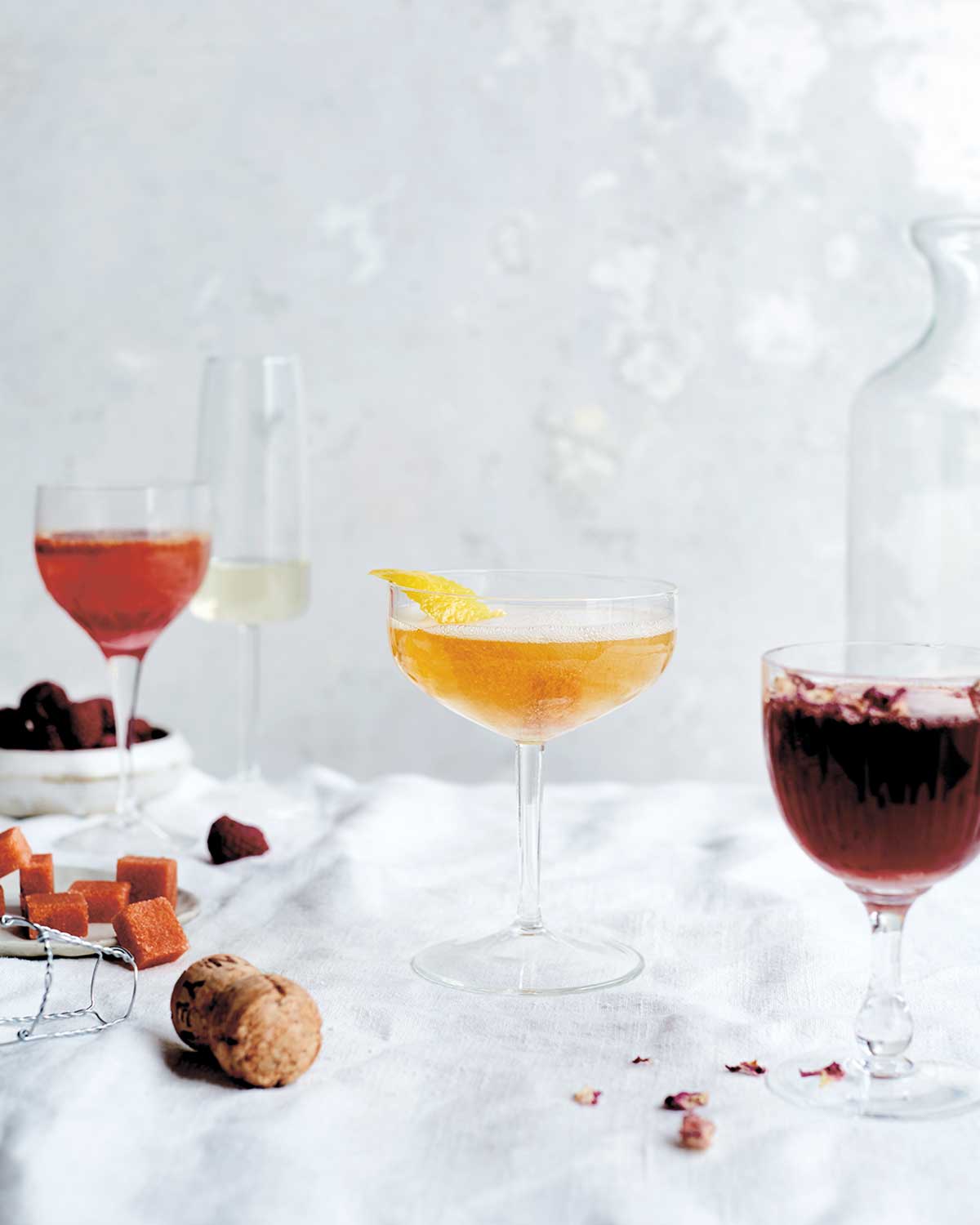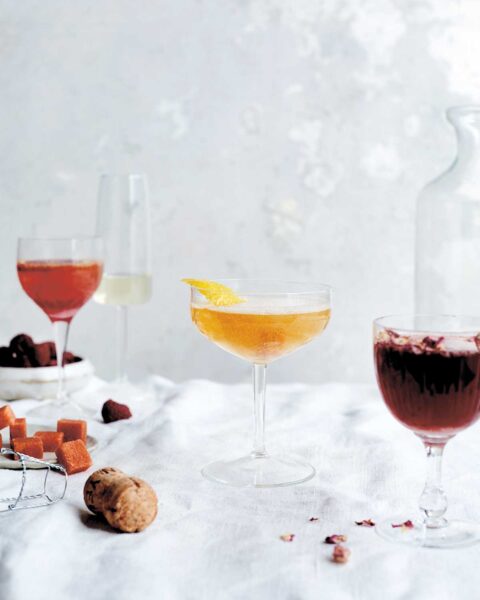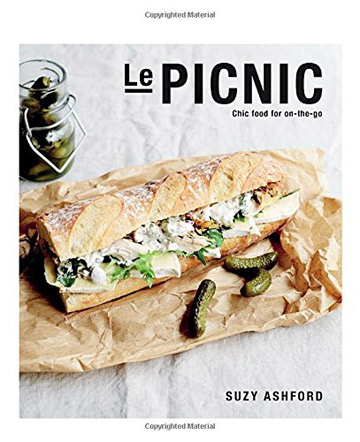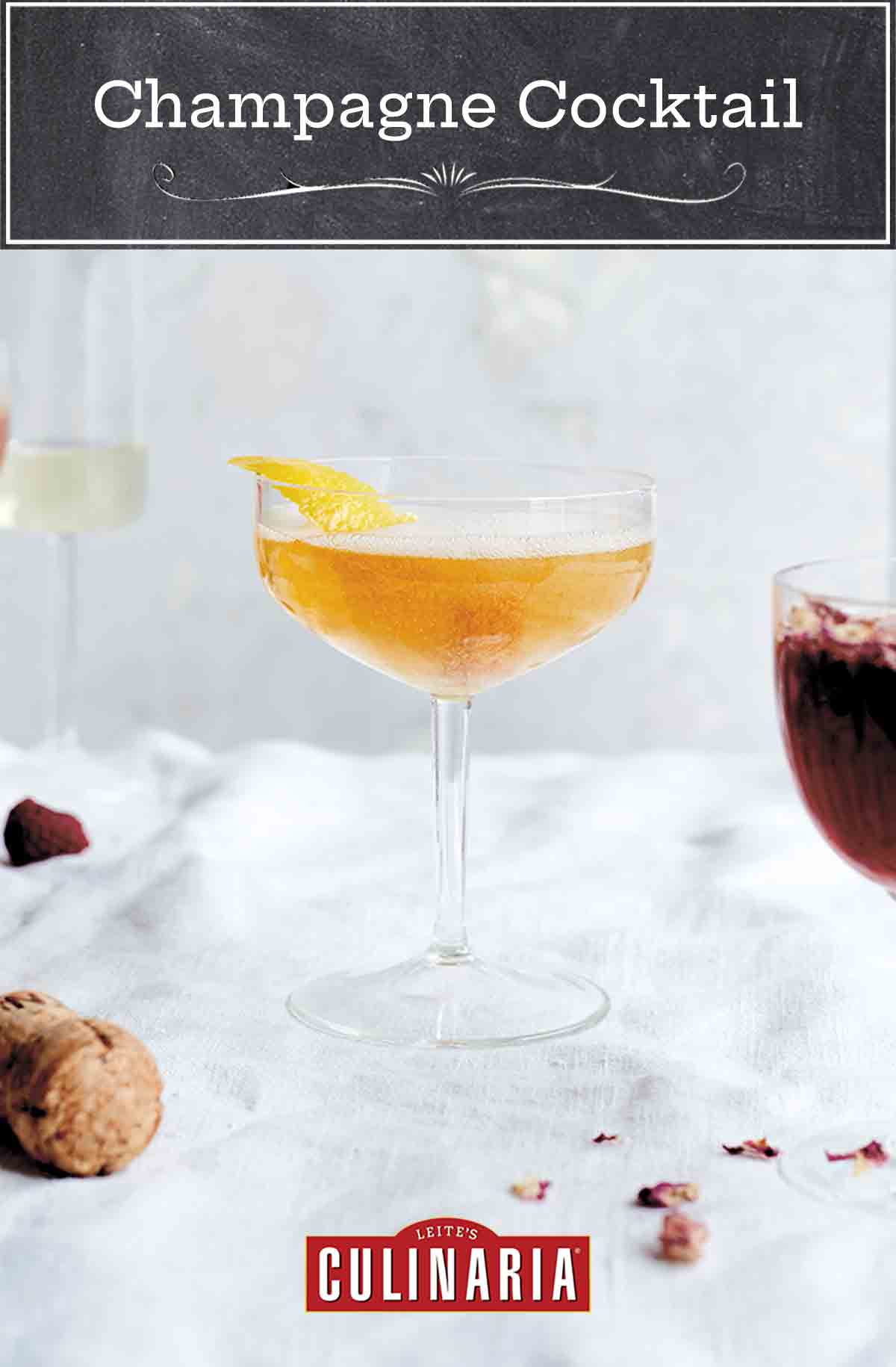
This Champagne cocktail—actually, Champagne cocktails, plural, thanks to some lovely and inventive tweaks on tradition found as variations beneath the recipe—is the quintessential something to sip at an elegant soirée, a large party, or just because it’s a random Tuesday night. The classic Champagne cocktail features lightly sweetened Champagne, bitters, and Cognac, but we think with the options featured here, everyone is certain to find a favorite fixation.—Angie Zoobkoff
Champagne Cocktail FAQs
First, you don’t have to use just Champagne. Any bubbly white will do—prosecco, cava, or sparkling white wine. Whatever you go with, remember that you’re mixing it and you’ll lose some of the nuances of an expensive bottle. Go with something reasonably priced with flavors that you enjoy.
To make a twist of zest, use a vegetable peeler to peel a long strip of zest from your citrus fruit. Cut it into thin strips with a sharp knife and slice off any extra bits of pith. Twist it into a curly shape and hold it that way for a few seconds. Ta-da!
Sure! Simple syrup is great because it’s already dissolved and won’t leave any sugar in the bottom of your glass, but it won’t have the old-school vibe that a sugar cube does. If you can live without that, all you have to do is combine equal parts water and sugar in a saucepan. Bring to a rolling boil and cook until the sugar is dissolved and the mixture thickens a little. Let cool and store in a mason jar in the fridge.

Champagne Cocktail
Ingredients
- 1/2 sugar cube or 1/2 to 1 teaspoon granulated sugar
- 3 drops bitters, such as Angostura or orange or any other preferred bitters
- 1/2 fluid ounce Cognac (optional)
- 1/2 cup chilled Champagne or sparkling white wine, or more, to taste
- A squeeze of lemon juice and/or a long strip of lemon zest
Instructions
- Place the desired amount of sugar in a chilled flute or other glass. Sprinkle with the bitters and let it soak in, about 1 minute.
- Pour in the Cognac, if using, and then swirl the glass gently to combine. If necessary, stir to dissolve the sugar. Top off with Champagne, add the lemon juice or zest, and serve.
Notes
Champagne Cocktail variations
Rosewater & Pomegranate Champagne cocktail
For a gorgeous magenta cocktail that’s slightly sweet tart, omit the bitters and instead dissolve the sugar in 1 to 2 teaspoons rosewater (5 to 10 ml) and 1/4 cup chilled pomegranate juice (60 ml). Top off with 1/3 to 1/2 cup chilled Champagne or sparkling white wine (80 to 120 ml).Chambord & Orange Champagne cocktail
For a refreshing alternative to a Mimosa, omit the bitters and instead dissolve the sugar in 1/4 cup chilled blood orange juice (60 ml) and 3 to 4 teaspoons Chambord raspberry liqueur (15 to 20 ml). Top off with 1/3 to 1/2 cup chilled Champagne or sparkling white wine (80 to 120 ml). Garnish with fresh raspberries or a thin slice of orange.
Explore More with AI
Nutrition
Nutrition information is automatically calculated, so should only be used as an approximation.
Recipe Testers’ Reviews
This Champagne cocktail was perfect, simple, and delicious on a very hot and humid day in southern Maryland.
We used Regans’ bitters and I only used 3/4 tsp sugar. We omitted the Cognac completely and used a Canard-Duchene brut Champagne. A thick twist of lemon was used in lieu of juice.
We had a great time testing these recipes! They are a nice way to make cava (which I already love) that much more fun.
I purchased 2 bottles of cava and a few other ingredients and we set to work making a number of delightful Champagne cocktails. (I prefer cava to Champagne in general and definitely feel it is an acceptable substitute.)
For the Classic cocktail, I used Alpenbitter no. 7 and Cognac. For the Chambord and orange, I used 3 teaspoons Chambord and fresh-squeezed blood orange juice, garnished with a strip of orange peel. We both agreed that the Chambord and orange was our favorite—bright and flavorful with just enough sweetness without the extra sugar. The rosewater and pomegranate was also delicious, and the prettiest.
We made two versions of each cocktail, one with the full sugar cube and the other without; I found that amount of sugar was far too sweet for my taste. My tasting partner didn’t mind the full sugar cube but after testing a few glasses did start having second thoughts. The addition of juice or sweetened liqueurs gives enough sweetness without being overpowering.
We’ve just found our favorite Champagne cocktail! Delicious! Seriously, how is it that we haven’t discovered this sooner? We love our champers and drink it often for every occasion. I KNOW we will be drinking more of these more often! The Cognac adds a smoky depth, the orange bitters a little complexity, and the lemon brings zip. It all comes together in a smooth, sparkly cocktail. We couldn’t stop at just one. I am in love. Bottoms up!
I used 1 tsp granulated sugar as we didn’t have any sugar cubes. I also used Dillon’s Orange Bitter. Yes, I used Cognac. How is Cognac optional?! I used both a squeeze of lemon juice (from a Meyer lemon) and a strip of lemon zest.
I can’t think of a more refreshing cocktail! A classic Champagne cocktail is just that—classic and always a delight.
When I saw two of my favorite flavorings added to a glass of bubbly, I was sold. I always keep a bottle of pomegranate juice in the fridge for those sweet yet tart cravings and lately have been using rosewater in a lot of different capacities, including baking, drinks, even savory dishes. But I had never combined the two before trying this drink.
The pomegranate juice gives the bubbly that gorgeous magenta hue and the beautiful fragrance of rosewater adds just the right amount of a floral scent and taste. Instead of a sugar cube, I used superfine granulated sugar (sugar that I whizzed in the food processor) but I also think a teaspoon of simple syrup would work well.
After adding the rosewater and 1/4 cup pomegranate juice, I stirred to make sure the sugar had dissolved well and filled the rest of the glass up with 1/2 cup Prosecco. This was a super tasty flavor combo that I think would also do well in a gin or vodka tonic!
These are good one-drink recipes, but are sturdy, so I think only one per person is a good guide. Bubbly drinks do go to my head a bit too quick, so I can’t have too many!
The classic Champagne cocktail approaches a French 75 or 77, using sugar rather than simple syrup. I made this with Peychaud’s Whisky Barrel-aged bitters, La Granja Cava Brut (a dry cava available at Trader Joe’s), Germaine-Robin brandy, 1 teaspoon sugar, and a long strip of lemon zest. I found that 125 ml of sparkling wine wasn’t quite enough to balance the other ingredients, and added an additional 80 ml (total 205 ml or about 7 oz). I think at that level (fortunately my stem could hold that volume) this was a very nice drink.
I made the classic Champagne cocktail a second time using classic Angostura Aromatic Bitters. I reduced the sugar to 1/2 teaspoon and used just 100 to 110 ml Champagne and proceeded with the strip of lemon zest. This was the perfect sweet spot and made this recipe a 10! Although my personal preference is usually for less sweet cocktails, any necessary adjustments are easy to make depending on who you’re serving.
My initial assumptions were to divide a bottle of Champagne or sparkling wine into 6 servings (125 ml x 6 = 750 ml, or 4 1/4 oz) per cocktail. I used a Spanish cava-style sparkling wine, not too sweet.
For the rosewater and pomegranate Champagne cocktail, I made one straight to the recipe, using freshly squeezed pomegranate juice and the La Granja, granulated sugar, 2 teaspoons rosewater, and approximately 125 ml sparkling cava. This was too sweet for our taste, and the pomegranate and rosewater seemed to drown the sparkler. I made a second version with half the rosewater, sugar, and pomegranate, and the full amount of cava and felt it was better and I probably would choose this less-sweet variation for myself and think this would please most folks.
The sugar left a small amount at the bottom in both versions, and I was fine to just leave that in the glass rather than further sweeten the drink. The traditional sugar cube is fun if you are serving these in flutes.















I loved these Champagne cocktails! I love anything that can add flare to classic Champagne and these recipes are definitely it. They were simple to make and created a gorgeous and delicious cocktail! For the classic cocktail, I used granulated sugar and pomegranate bitters. I didn’t use Cognac. The bitters took only a minute to absorb into the sugar and I used 1/4 cup Champagne per serving. I will definitely be making these again!
Lovely, Kaitlyn N.!
I’ve been a fan of the Champagne cocktail since I saw Victor Laszlo and Captain Renault having one in Casablanca.
Nice!